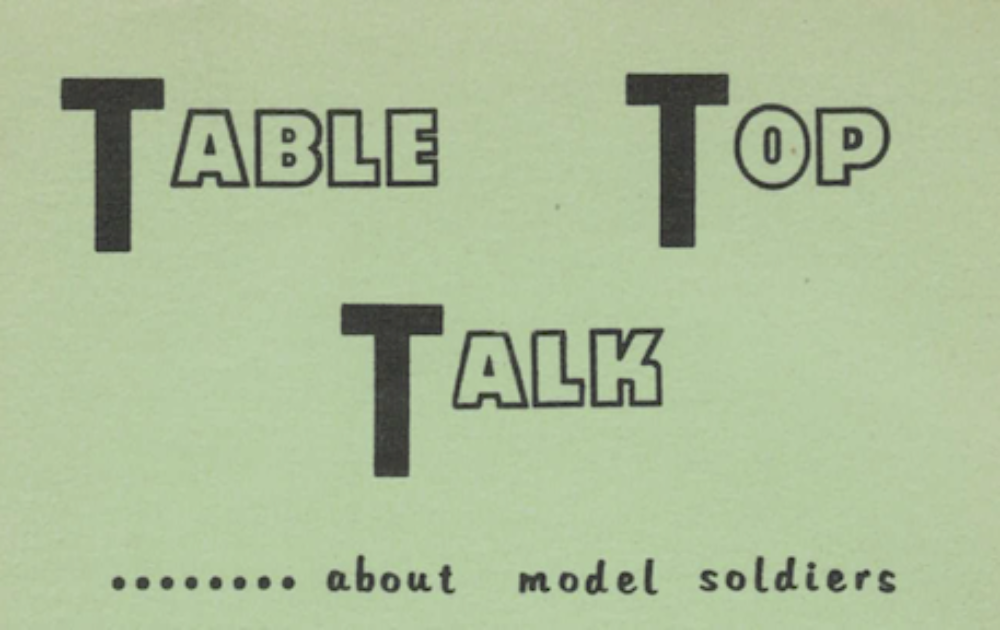Another of our lost articles for your reading pleasure:
From 1968 and written by John Scruby…
HOLGER ERIKSSON
By John Scruby
I visited Holger Eriksson in the later part of October, 1968 at his home in Karlstad, Sweden. He lives camouflaged in a quiet neighborhood a few kilometers from the center of town. I was immediately welcomed into the house by Holger and my stomach warmed with coffee and cakes by his wife Greta. I could speak little Swedish and Holger could speak little English, but through many different actions, hand and arm signals, drawing pictures, or Holger just showing me certain figures, we communicated well.
In Holger’s house there are three floors, and he commands two of these for his work. The cellar is used for molding, casting, stocking and displaying his figures, while on the top floor he has a library, where his original figures are designed. Holger employs the middle floor of his house to retreat from his work and to be with his wife.
Holger began with soldiers as most the other collectors and designers I have met, as a boy with a few figures. His first toy soldiers were Britains. In his childhood he lived in a dream world with visions of toy soldiers everywhere. Since he had only a few at this time, he made illustrations showing Swedish troops in different positions.
In 1925 he began making his own figures, but they were not of lead but hand carved of wood. He showed me some Cowboys and Indians (54mm) which he had carved around 1926 and then a stand of five German horse figures (88mm) made in 1930. The transition from the cowboys to the horse figures showed me that during that time he was getting much more serious about his figures.
In 1934 he made his first 54mm lead figure and this was Holgar’s first big step, which lead to the position he now holds in this hobby. In 1944 he made his first 40mm figures; in 1945 his first 20mm scale models, and in 1949 his first 30mm.
For collectors he was probably most widely known for his 54mm Authenticast figures. He made 500 originals for Authenticast from 1944 to 1951. These originals were sent to Ireland, where they were molded, cast and painted and distributed throughout the world under the Authenticast brand.
Authenticast was the first company in the world to use rubber molds for the production of these figures. They used round rubber discs, using centrifugal force to get the detail that the Eriksson figures deserve.
Between 1951 and 1960 he designed 30mm originals for the South African Engineers (SAE), which many wargamers are familiar with. This company started in Ireland originally, but ran into some difficulties and moved to South Africa and I understood from Holger that they are no longer in business.
Holgar told me that today my father is the only one that is casting the HE figures, as all his previous contracts have long ago run out, or gone out of business. The 20mm Modern figures cast by my Dad are no longer even cast by him. I can remember when I was a little kid that these used to be put out in painted, boxed sets under the Comet and Authenticast brand.
I was especially interested to see how Holger made his originals, for I can remember when my father was making molds of the HE horses, how he mentioned how perfectly engineered they were – the “parting line” was so precise and exact.
As you can see by the accompanying photographs his originals are modeled in clay in which one side of the potential mold is made. On this side he sculpts half of the figure that he wants. On another block of clay he forms the other half of the figure. He uses only three small tools and the rest is done with the skill and talent of his hand and mind.
You can plainly see in the photographs that the horse has has several leg positions. Holgar will select the one he likes best and “erase” the others. A plaster mold is made from these clay blocks, and from this a rubber mold is made to complete the project.
Today, Holger sells his figures through his own catalogue and direct from his own house (Address: Sommarrovagen 8, S-65230 Karlstad, Sweden). He casts not only 30mm figures, but beautiful 40mm and 54mm figures that are not from the Authenticast line. His trademark, HE is world renowned. I was surprised to learn that he only receives a few orders by mail a week and that most people who do buy figures from him come and visit him personally and buy from his stock. He has also sold many painted figures to Swedish military museums and to museums all over the world.
I would judge that Holger is in his mid-sixties, but with him age is of no importance. Despite our language barriers, in the two days that I spent with him, I found him to be a warm and delightful person. The making of military miniatures now takes up most of his time. Holger is an engineer by profession. I rather doubt that in my travels I will meet anyone more interesting in this hobby. After having heard of Holgar Eriksson all my life, I can truthfully say that he lived up to all my expectations.
In the month or more that I spent in Copenhagen, I visited most of the military museums in the area. At the Royal Palace I was somewhat amused by the red-coated Grenadier Guards because I am accustomed to thinking of such troops as all of one size as military miniatures! It seemed rather strange to see these men in their huge bearskins being of all sizes – some being gigantic, some being smaller and thin!
These Palace Guards march a certain path in Copenhagen before they arrive at the Kings Palace at 12 noon. There they go through the normal procedures of the changing of the guard with tourists snapping pictures. But for those who do not rise before noon and cannot make this event, I have a suggestion and I feel any wargamer or collector visiting here would enjoy it more. Leave the pub early, about 11:30 at night, and wander over to the palace. There before your eyes you can have a private showing of the change of the guards! It is a much simpler version with no bands playing, but you can see exactly what takes place and see a more personal side to these young men who are wearing the large grenadier hats. For me it was much more rewarding.
My stay in Copenhagen lasted until Christmas, and it is getting extremely cold as I write this. My plans are for heading south to sunny Spain, and there is little doubt but that I shall find others in the military miniature field in Europe that will be well worth interviewing.
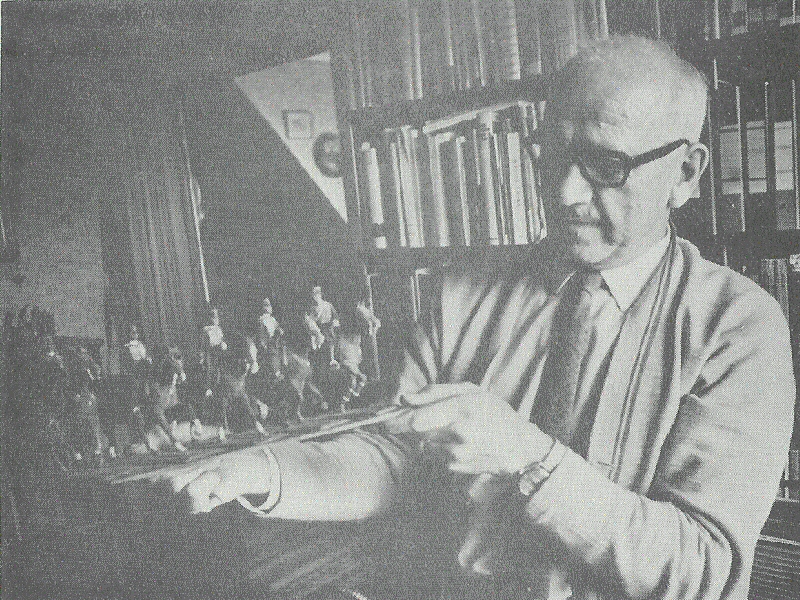
Eriksson with early hand carved wooden miniatures
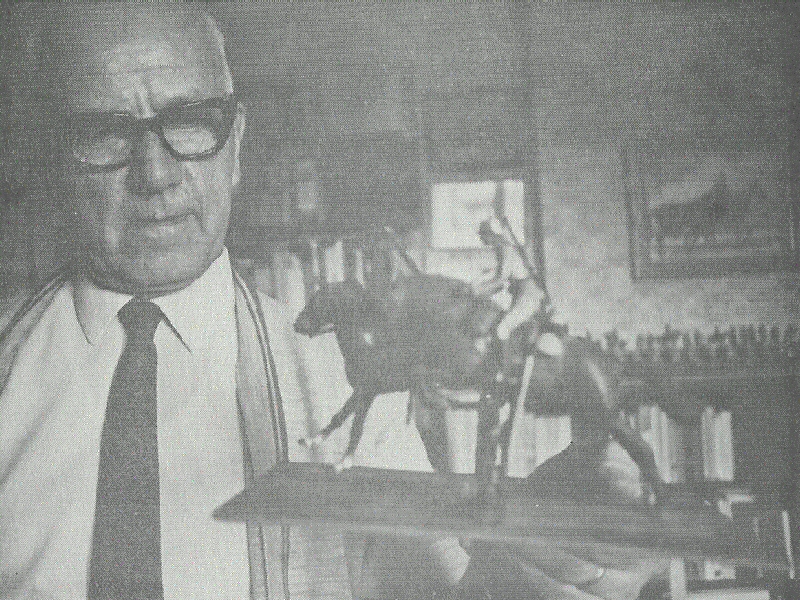
Eriksson with early hand carved wooden miniatures
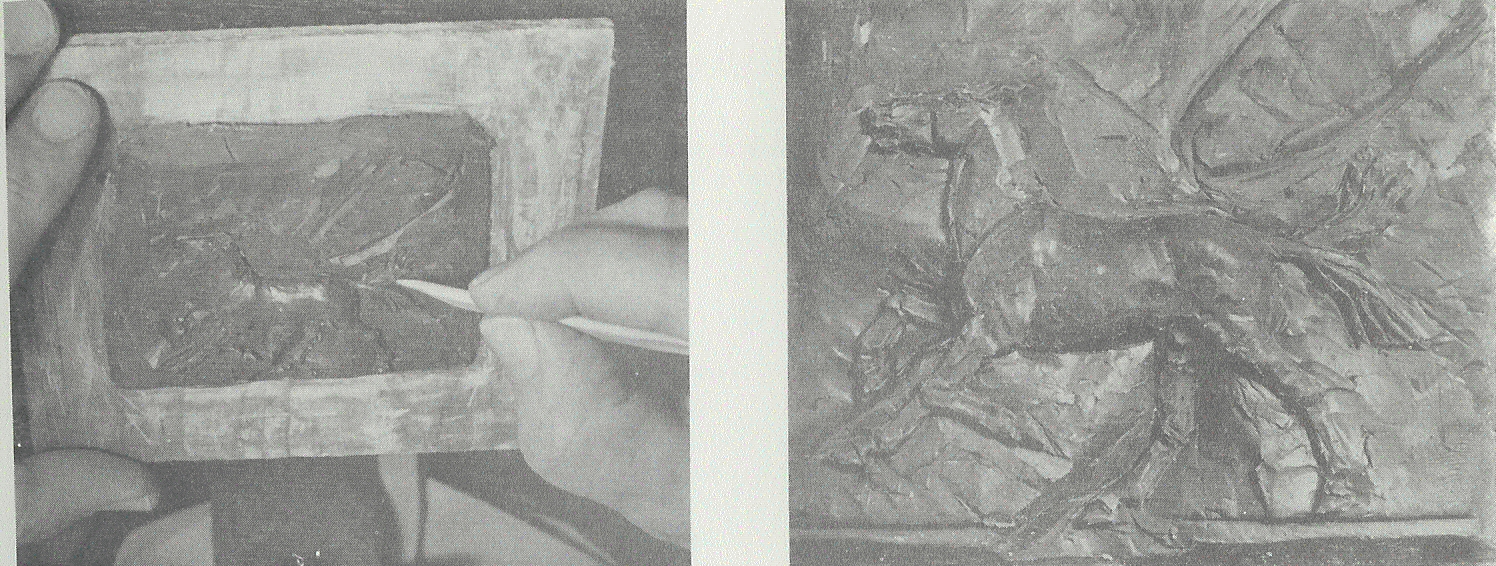
An Eriksson original in the making
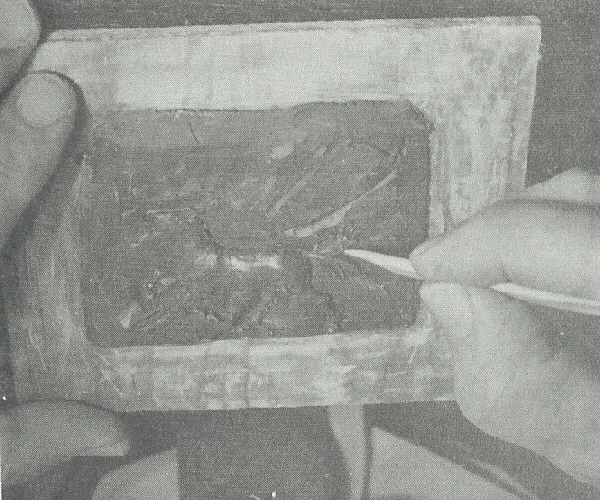
An Eriksson original in the making
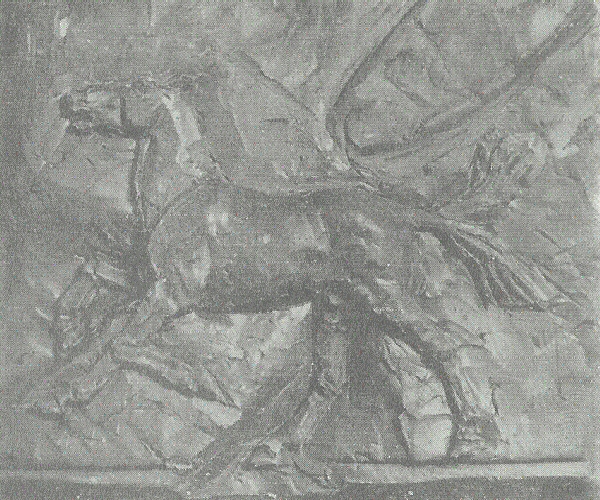
An Eriksson original in the making
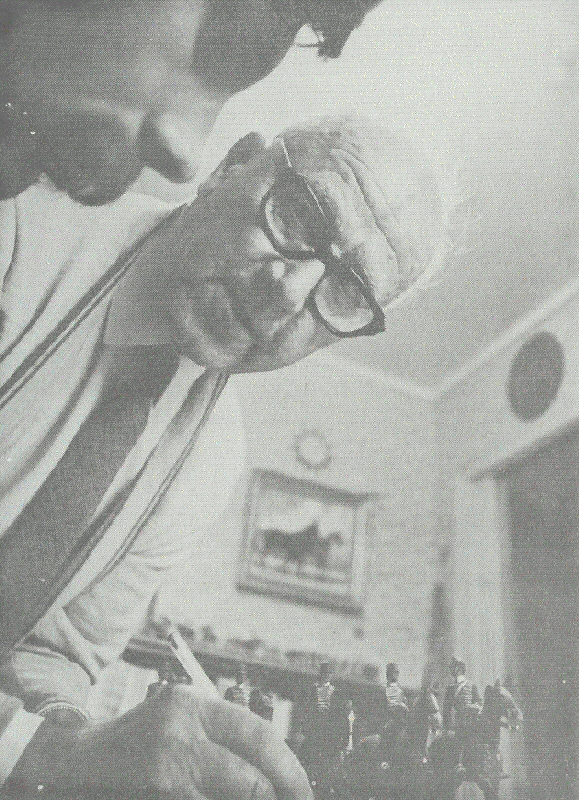
In the Eriksson library
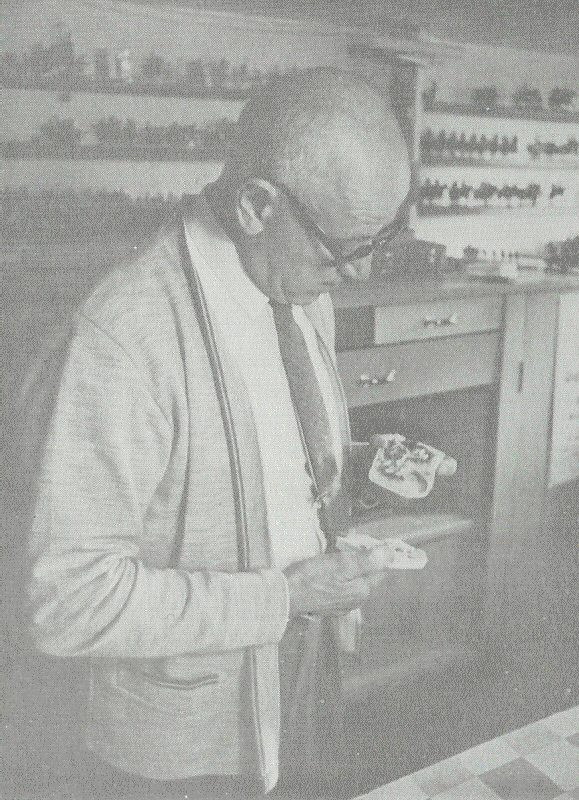
Eriksson in his basement casting room
Be sure to visit The Tinfigure Company for your Eriksson figure needs
